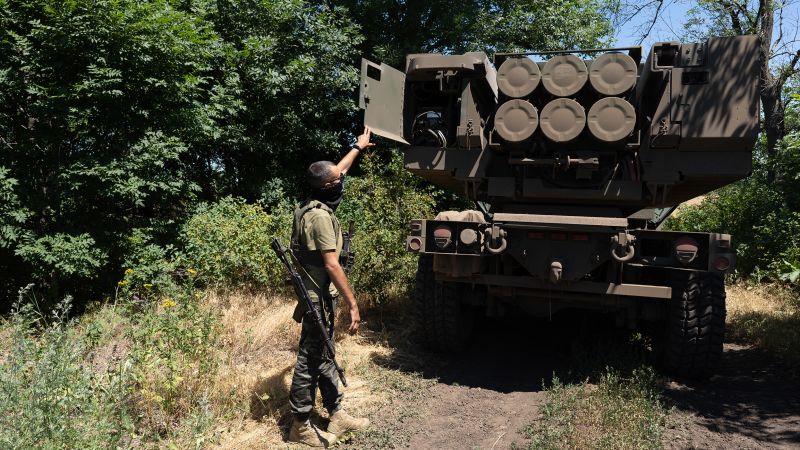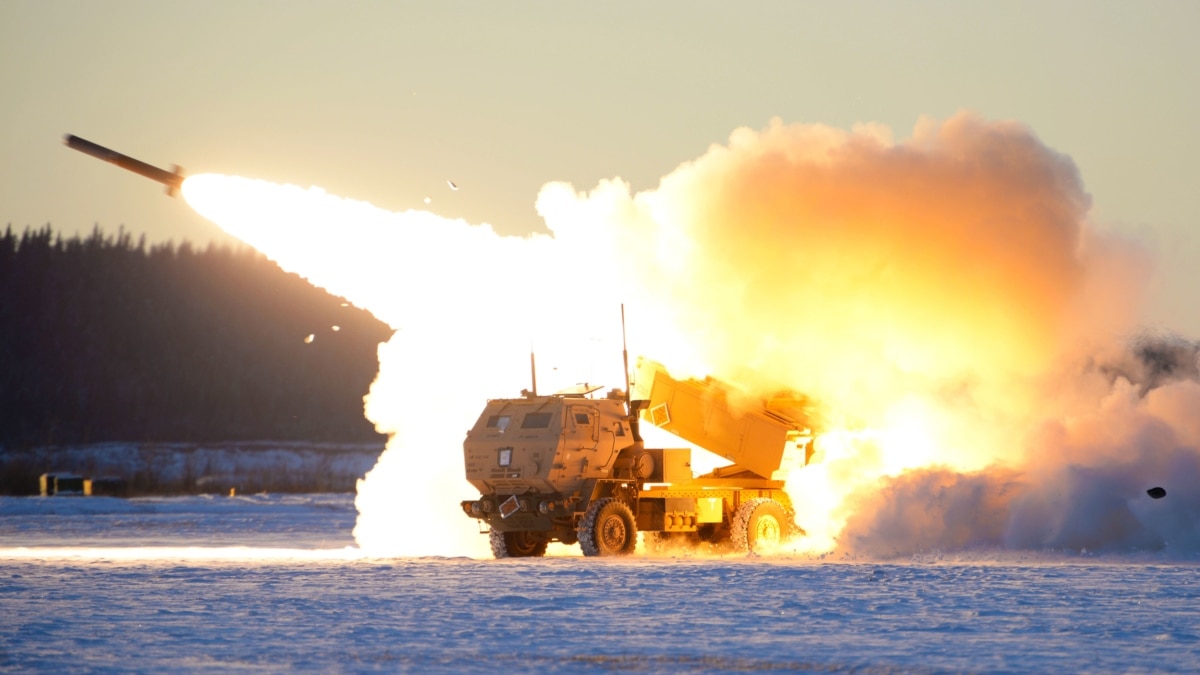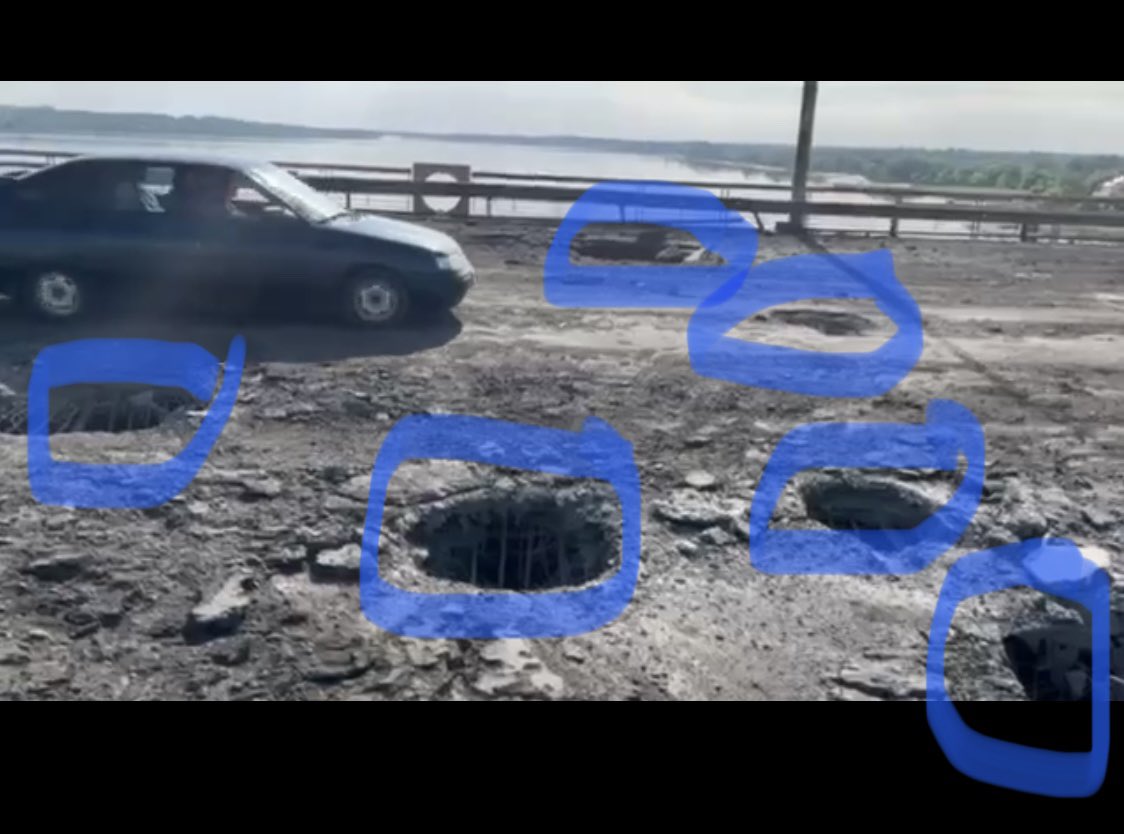Who said HIMARS has "accuracy of 1-2 meters"? Its got "less than 15 meters CEP" based on this official document:-
View attachment 174338
Sauce:
https://www.govinfo.gov/content/pkg/FR-2017-12-08/html/2017-26454.htm
More importantly, 1-2 meters CEP is stupidly accurate. You can't pull it off with just INS/GPS, even if you are America. How do I know? Because the Americans have to use Differential GPS to achieve 5 to 8 meters CEP on their Small Diameter Bomb (SDB) despite their SDB having lesser impact velocity and much higher control authority than a GMLRS. They have to rely on a seekers to get sub meter accuracy on SDB I and II. Neither differential GPS nor seeker are available to you when you are trying to hit targets 80 km into the enemy rear area with a cheap MLRS. You can only rely on GPS/INS. Which means 1-2 meters CEP for HIMARS is impossible.
60-80 meters is written on that poster, but CEP is not. So by 60-80 meters, they could just as easily mean R99, not CEP. Meaning 99% of all rounds fall within 60-80 meters. Plus, the range is stated to be 80 km when we know the latest test got to 90 km mark. Which means the poster is likely outdated (although not to say that he accuracy would have definitely improved, but its a possibility).
Plus, if we look at that image posted by
@karn of the guided pinaka landing within 10 meters, CEP might actually be much smaller than 60-80 meters. Someone needs to ask at the Defexpo what exactly the CEP is.
With bomblets or PF warhead that airbursts and gives a tungsten pellet shower effective upto 60 meter radius, we can take care of these issues. The idea with MLRS is carpet bombing. The blast radii need to overlap and with bomblets, it won't matter. You are a gone case unless you are infantry in a slit trench. Weapon emplacements, especially those of artillery are not just 2-3 meters, they are a bit wider. And with bomblets, they are bound to pepper the inside of each emplacement. (Assuming no slopes, because they do increase miss distances drastically). And then there is the PF warhead with tungsten pellet shower that would look something like this;-
Even if Pinaka Guided has a 60 meter CEP, with three/four rockets carrying these PF warheads, we can easily sanitize the target with 99.7% certainty (even if they are emplaced).
MRPKS is meant to do that, but small drones are much slower and vulnerable to interception with new gen SHORADs. Not to mention their smaller warhead capacity. Plus, wartime production supply chains at least for munitions needs to go independent of foreigners to ensure rapid ramp up and no supply chain disruption possibility. Can we do that with drone avionics?
Point is these two weapons are complimentary. Look at the Europeans, they are complementing their MLRS with tube-launched drone swarms, similar thinking prevails in IA where they are going for both MLRS and MRPKS.
_______________________________________________________________________________________________
Folks, stop overplaying the difference in accuracy between HIMARS and Pinaka. Yes HIMARS is likely more accurate, but HIMARS CEP is around 10-15 meters, not 1-2 meters. And Pinaka's CEP is not known with complete certainty.
And with Pinaka carrying submunitions or a PF warhead that can airburst and pepper everything in a 60 meter radius with hypervelocity tungsten pellets, its accurate enough unless you are trying to take down structures, tanks or APC. For tanks or APC, we can employ area denial munitions of Pinaka. And for bunkers, thermobaric warhead can work but since accuracy isn't good enough for direct hit, multiple rockets would be needed. But then the bunker can't displace, so its not as if we won't have the chance to take subsequent shots. Based on the exact CEP, a set number of guided rockets (around 4-5) would guarantee a precision strike against such point targets that require a direct hit from the rocket.





